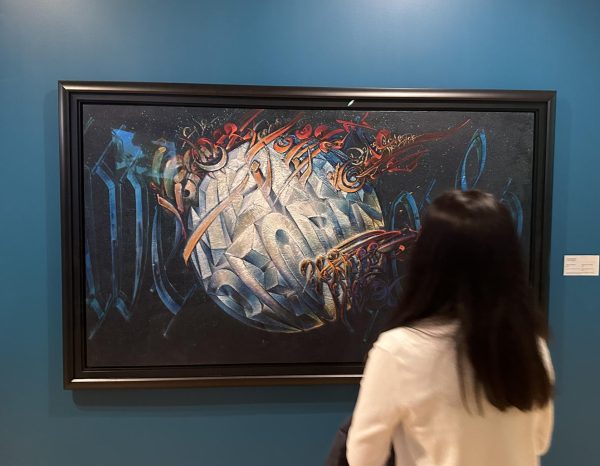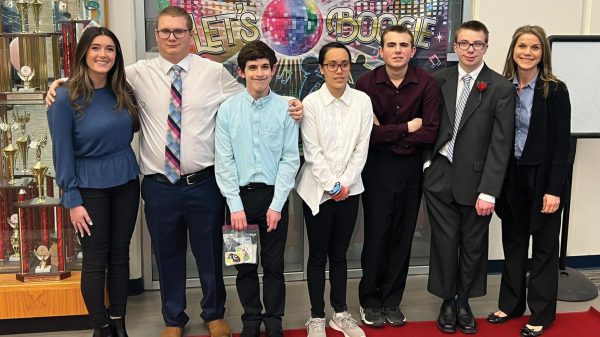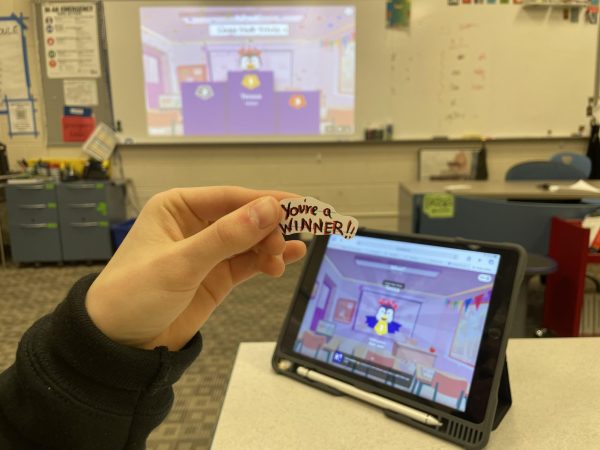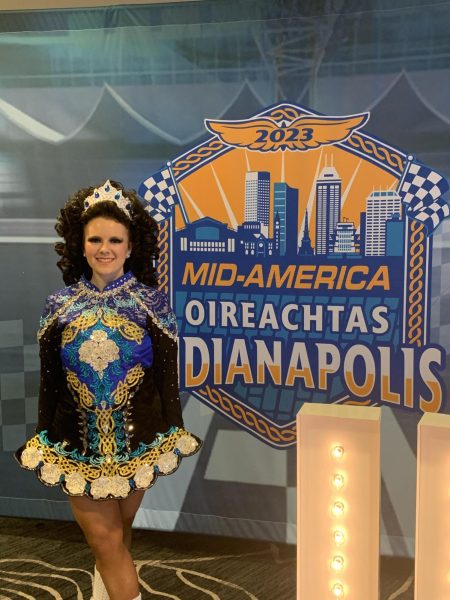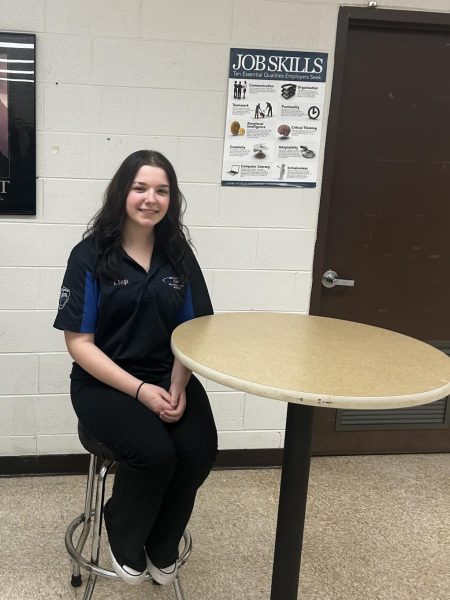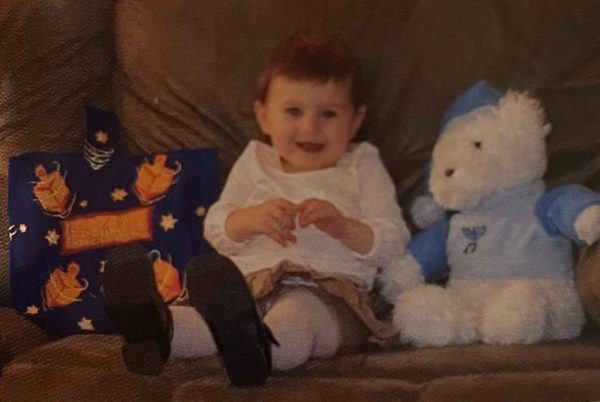The teenage years can be a real wreckage
High schoolers are at a higher risk when they are on the road. In fact, 16 to 19 year olds are nearly three times more likely to be in a fatal crash than drivers aged 20, according to cdc.gov.
With so many distractions, such as interactive GPSs, phones, and more it can be hard for a beginner driver to stay focused, according to Dan Strickler, Driver Education teacher.
Sydney Goldman, senior, had her car totalled in a car crash because she was focused on only one thing, finding her friend’s house at night.
“Being focused on the task at hand is the most important piece. That is getting more and more difficult as technology is increasing,” said Strickler. “When I say technology, I don’t necessarily mean cell phones. Everybody knows that texting or talking on the phone is not a good thing, but if cars are becoming so much more technologically advanced. [Like] the screens that will display all kinds of information. People play with those. [Students] have to remain focused on what [they] are trying to do: getting [to your destination] alive.”
When Goldman got into her accident she was focused, but not on the right thing. She was preoccupied with her thoughts and wondering where she would turn next.
“ I don’t remember really being hit. [The driver] says that I turned in front of him and that he couldn’t really stop,” Goldman said. “He hit me and he kept going because, he was trying to stop, but his brakes weren’t working. I ended up spinning, and he hit my back end too. My entire front bumper was totally gone, and I ended up in a ditch.”
After the accident, the senior only wanted to know where she was and if the other people in the car were injured. She did not even notice that her own head was bleeding.
“So I ended up concussing myself. I hit my head against the top of the seat belt holder. When the airbag came out it hit me at such an angle that my head went backwards,” said Goldman. “I hit that and ended up having to get nine staples in my head. 18 holes, whoo hoo! It was either staples or them shaving my head to do the stitches. I was like ‘No thanks.’ And I did have some back pain from the whiplash and stuff, but that one wasn’t as major. There weren’t any broken bones or anything like that. I was pretty lucky.”
Many teens do take driving safety seriously, Strickler says, but he thinks there is a learning curve.
“For a lot of teenagers, I think you have to experience things or see things first hand, “ Stickler said. “Your parents or some other adult telling you [about them] does not really hit home until it happens to someone close to you.”
The Driver Education teacher wants all his students to be safe on the road, so he really tries to emphasize the statistical nature of accidents that occur during teenage years and the risk factors of driving at unsafe times.
“We at Lake Zurich, I think, do a pretty good job at getting kids prepared. Yes, there have been kids from Lake Zurich killed in car crashes. They tend to be few and far between, which is great,” said Strickler. “It does make it a little more difficult when talking in class about the possibilities when nobody actually knows somebody. It’s both a blessing and a curse because I don’t want anyone to get hurt just as a demonstration to the rest of the group, but at the same time, sometimes it’s hard to tell people that it is a possibility when they haven’t seen it. “
Alexis Charnogorsky, junior, was also very lucky to survive. Her car was “T-Boned” at the intersection of Route 12 and 22.
The junior was early on her way to school. She thought there would be enough time for her to go to Dunkin’ Donuts and be at school just in time. Except plans did not go as expected, and she got into a car crash.
“I was so shocked, and it was so many emotions. I didn’t know if I was angry or scared. My first reaction was ‘Oh my God. Now I can’t get coffee!’ I was literally just so [anxious]. I got out of the car to look at the damage, and, once I saw her car and mine, I immediately burst out into tears,” Charnogorsky said. “I got into my car and I was literally shaking so hard and just balling. Luckily, there was a cop that was just down the road, who was watching for speeders. So he came right away. There were two fire engines, two ambulances, and six squad cars, I was a huge flurry. It was so scary. The [paramedics] were asking if I was okay. I didn’t feel any pain just because I had so much adrenaline, but I was crying. They were asking why I was crying but I said, ‘I am just so scared. My dad is going to kill me. This is his car.’ I many was feeling fear, and having a lot of adrenaline at the same time.”
Since Charnogorsky failed to yield, she caused the accident. She was unsure on how to break the news to her father once it happened.
“Right when it happened, the cop came up, and told me that I needed to call my parents. He actually took my phone, and called my dad [telling him what happened] for me,” said. He was so angry that I crashed the car, but he was just so happy that I was okay. He approached me and he hugged me, but then he was like, ‘I can’t believe you did this!’ I told him, ‘Yeah, yeah. I know. I can’t believe it either.’”
After an accident, the hardest thing to do is process what just happened and the mental recovery that is necessary, according to Goldman.
“I was really disappointed in myself. I was in my head a lot of times thinking, ‘I let my mom down. She is always telling to drive safe. I could’ve killed someone,’” said Goldman. “It was definitely an internal battle for me. I almost had to [re-teach] myself how to stay calm while driving. So if someone came too close, I wouldn’t freak out.”
It took her about a month to get back into driving, but she still did not feel 100% comfortable on the road. She said that she now knows, that she really has to focus.
“You really have to focus when you’re driving because the slightest thing can happen,” Goldman said. “And when you don’t pay attention, you are is putting the lives of others and yourself at risk. I know I don’t want to be responsible for a lost life.”
Charnogorsky was mostly upset at herself, and her decision making. She thinks the situation could have been entirely prevented.
It took her a while to feel comfortable driving and crossing the intersection between route 12 and 22. She says that it took her about one and a half to two months for her to be able to gain the courage of crossing the intersection. She usually avoids it when she can.
Charnogorsky learned that, “you have to be incredibly aware of everything,” she said. “Even if you think it is okay, wait one more second. I now make sure that my parents know where I am going, so that they do not worry.”

Melanie is a new member on the Bear Facts Student Media staff. Along with her passions for creativity, she enjoys Costume and Makeup, playing lacrosse,...


